This has been the year of the social organization. As the COVID-19 pandemic swept across the world and the United States, governments and a patchwork of nonprofits and volunteer organizations sprang into action, offering everything from food and medical supplies to children’s books and clothing to individuals and families struggling in the virus’s wake.
Perhaps the biggest divide though to getting people help has been digital — non-profits need to connect with their beneficiaries over the internet just as much as any retailer today. Unfortunately, tech talent is expensive and hard to find, particularly for often cash-strapped nonprofits.
That was part of the impetus for two Stanford seniors, Mary Zhu and Amay Aggarwal, to co-found Develop for Good, a matching service designed to connect motivated and ambitious undergrads in computer science, design and economics to nonprofits with specific projects that require expertise. They launched the network in March as the pandemic started spreading rapidly, and since then, the organization has itself started growing exponentially as well.
Develop for Good “was in response to [the pandemic], but at the same time, a lot of our peers were having their internships canceled, [and] a lot of companies were having hiring freezes,” Zhu explained. “People were also seeking opportunities to be able to develop their professional skills and develop their project experience.” This coincidence of needs among both students and nonprofits helped accelerate the matching that Develop for Good offers.
So far, the 501(c)(3) non-profit has coordinated more than 25,000 volunteer hours across groups like the Ronald McDonald House, UNICEF, the Native American Rights Fund (NARF), Easterseals, The Nature Conservancy, Save the Children, AARP and more. The program, which in its first batch focused on Zhu and Aggarwal’s network at Stanford, has since expanded to more than a dozen schools across the United States. The two first reached out to nonprofits through Stanford’s alumni network, although as the program’s reputation has grown, they have started getting inbound interest as well.
Volunteers take on a project for 5-10 hours per week for 10 weeks, typically in teams. Each team meets their nonprofit client at least weekly to ensure the project matches expectations. Typical projects include application development, data visualization, and web design. Most projects conclude at the end of the batch, although the founders note that some in-depth projects like product development can cross over into future batches. As the program has expanded, Zhu and Aggarwal have added a more formal mentorship component to the program to help guide students through their work.
Applications for the next batch starting in January are currently open for students (they’re due January 2nd, so get them in quick!). The founders told me that they are expecting 800 applications, and are likely going to be able to match about 200 volunteers to 32 projects. Applications are mostly about matching interests with potential programs for the best fit, rather than a purely competitive exercise. So far, the program has worked on 50 projects to date.
For this next batch, Amazon Web Services will sponsor a stipend for first-generation and low-income students to help defray the financial impact of volunteer work for some students. “Over the past cycle, a few people had to drop out because they said, ‘they’re unable to work for free because they’re having a lot of financial stress for their families’,” Aggarwal said. The new stipend is meant to help these students continue to volunteer while alleviating some of that financial burden.
Aggarwal said that two-thirds of the program’s volunteer developers and designers are female, and one-third are first-generation or low-income.









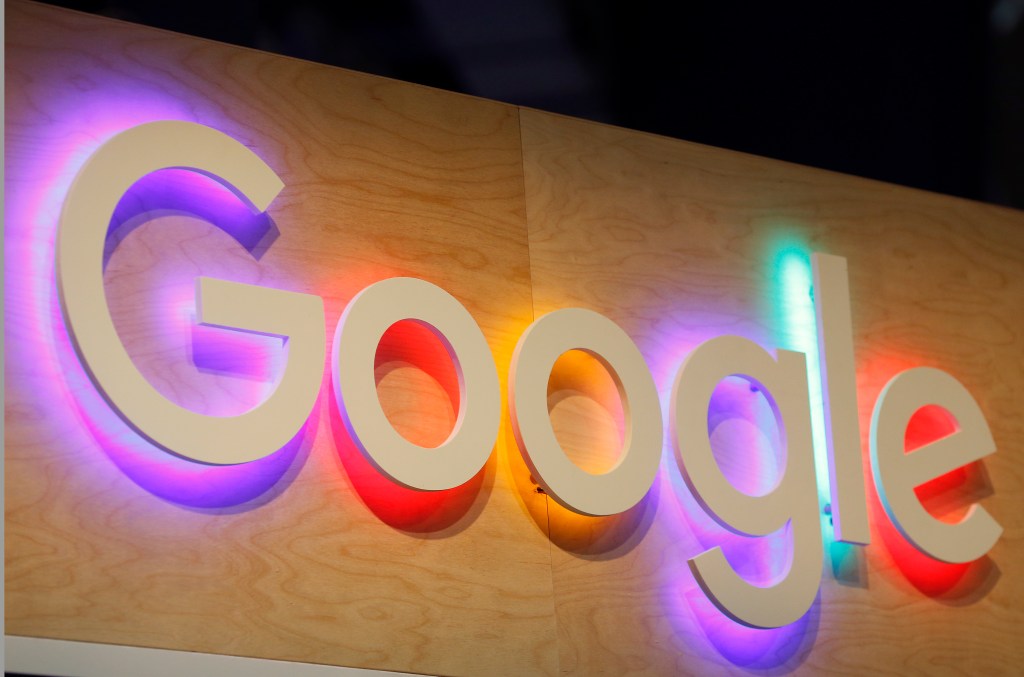



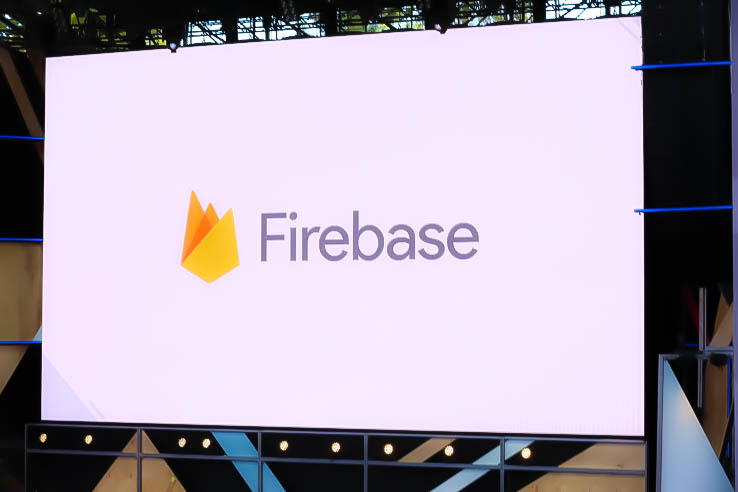
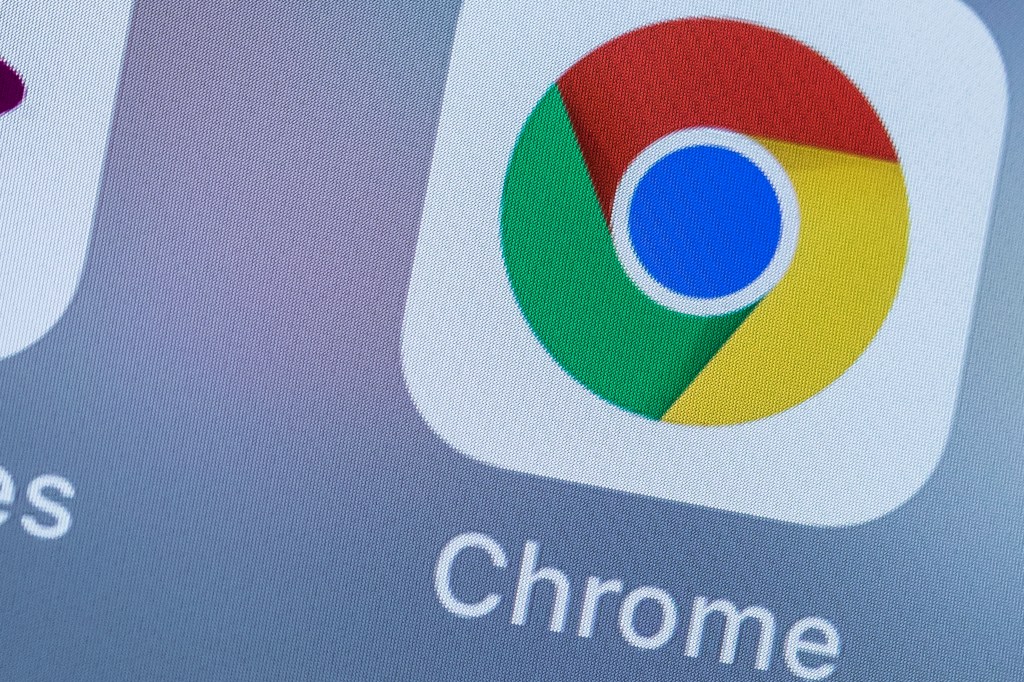
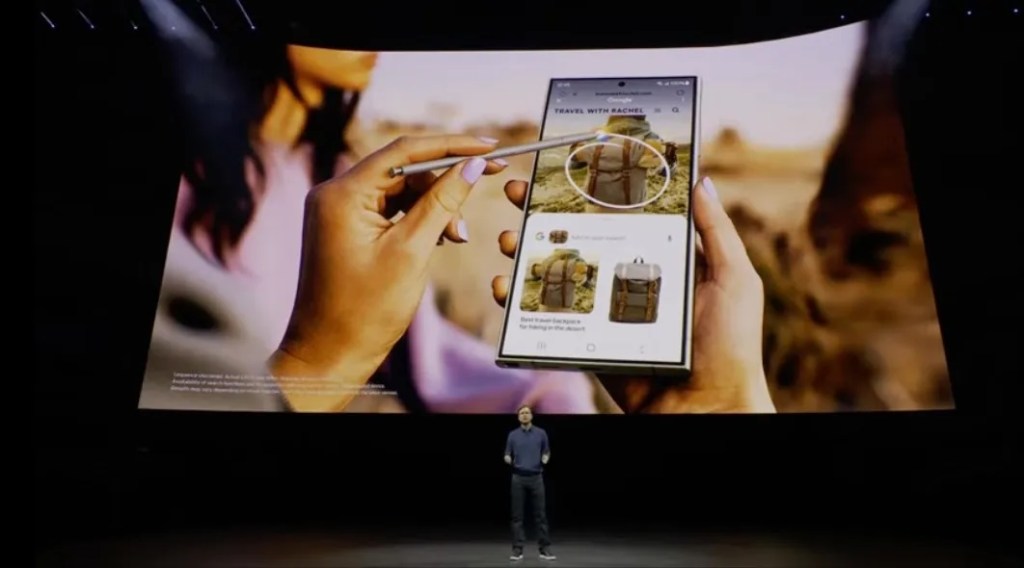





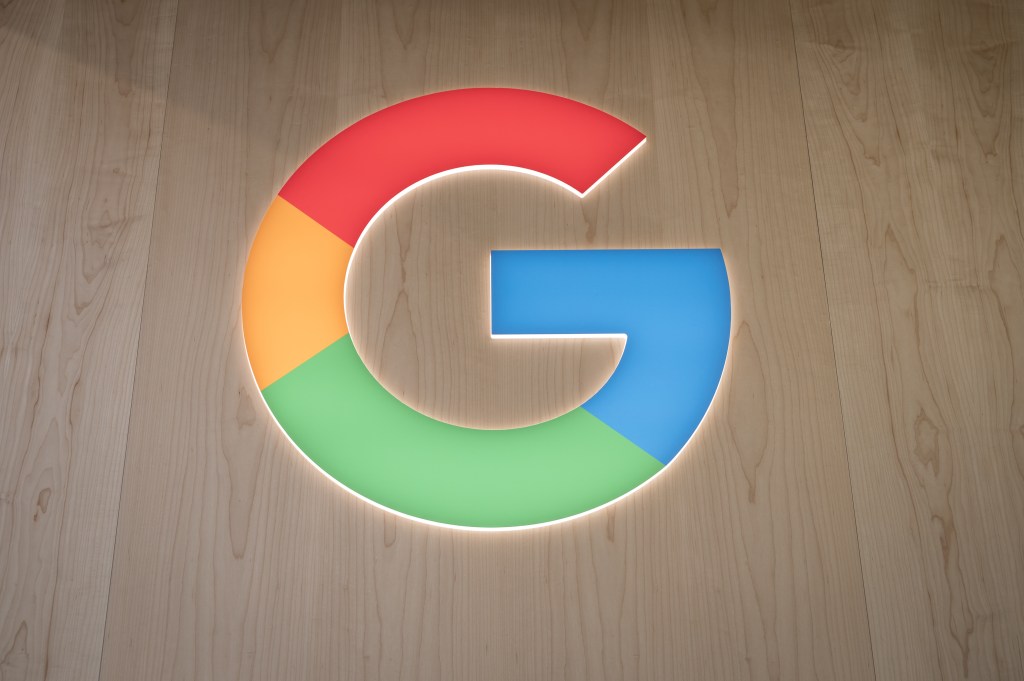









Comment